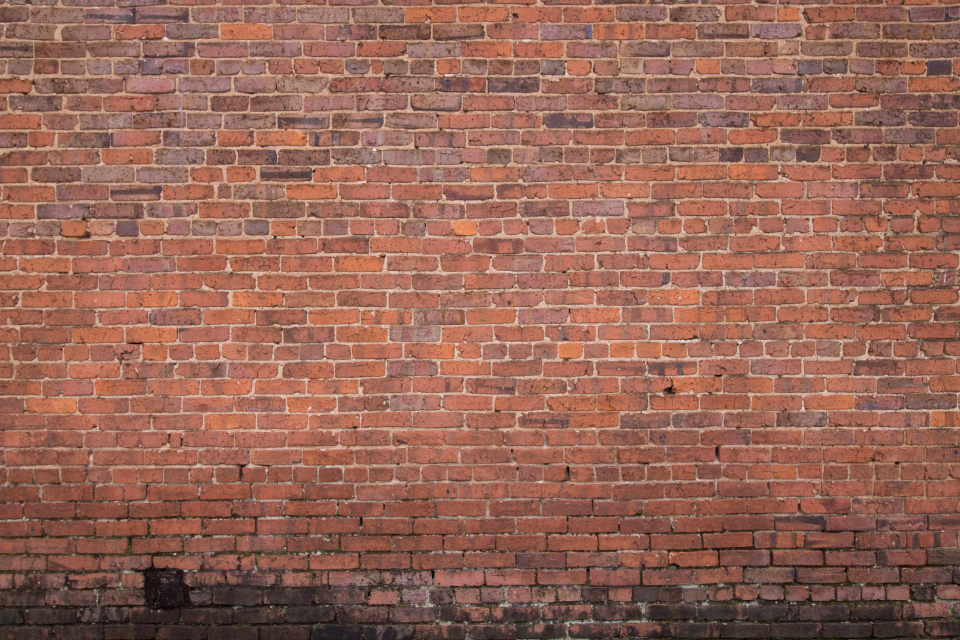When you think about the heart of a solar power system, the solar panels might come to mind first. But behind every efficient solar power setup, there’s a crucial component that often goes unnoticed: Solar cables. These unsung heroes are responsible for carrying the electrical current from the panels to the inverter and beyond, ensuring that the energy generated is effectively utilized. But how do these cables perform under various environmental conditions? Let’s delve into the world of solar cables and explore how temperature and environment can impact their performance.

The Role of Solar Cables in Energy Transfer Solar cables are the veins and arteries of a solar power system, conducting electricity from the panels to the rest of the system. They’re designed to handle the specific demands of outdoor environments, where they’re exposed to the elements. The performance of these cables is paramount, as any failure in the transfer of electricity can lead to a loss in efficiency or, worse, a complete system shutdown. solar cable 6mm2, for instance, is a popular choice for its ability to handle higher current loads, making it ideal for larger solar installations.
Temperature’s Tricky Influence Temperature plays a significant role in the performance of solar cables. High temperatures can cause the insulation on the cables to degrade over time, leading to potential short circuits or even cable failure. On the other hand, extremely low temperatures can make the cables more brittle, increasing the risk of physical damage. Solar cable manufacturers take these factors into account, engineering their products to withstand a wide range of temperatures while maintaining performance. For instance, solar cable 6mm2 is often designed with materials that can handle the heat generated by high current loads without compromising the cable’s integrity.
Environmental Exposure: The Outdoor Challenge Solar cables are exposed to the full spectrum of outdoor conditions, from UV radiation to moisture and physical stress. The sun’s rays can break down the insulation over time, reducing the cable’s lifespan and potentially causing electrical issues. Moisture, whether from rain or humidity, can also penetrate the insulation, leading to corrosion and short circuits. To combat these issues, solar cables are often made with materials that resist UV degradation and are waterproof or water-resistant. Solar cable 6mm2, for example, is typically manufactured with a robust outer sheath that protects against the elements while ensuring flexibility for easy installation.
The Impact of Altitude and Wind Altitude and wind are two other environmental factors that can affect solar cable performance. At high altitudes, the reduced air pressure can cause the insulation to expand, potentially leading to physical damage. Wind, especially in areas prone to strong gusts, can cause excessive movement and stress on the cables, leading to wear and tear over time. Solar cables are designed with these factors in mind, using materials that can resist the effects of both altitude and wind. Solar cable 6mm2, with its thicker insulation and robust construction, is particularly well-suited for installations in areas with challenging environmental conditions.
Soil and Underground Installations For solar installations that require cables to be buried, the soil’s composition and acidity can have a significant impact on the longevity of solar cables. Acidic soils can corrode the metal components of the cables, while certain types of soil can cause the insulation to degrade. Solar cables are often manufactured with materials that resist soil corrosion and are designed for direct burial without the need for additional protective conduits. This makes solar cable 6mm2 an excellent choice for installations where cables need to be placed underground.
The Role of Material Science in Solar Cable Design Material science plays a crucial role in the design of solar cables. The choice of materials can determine how well a cable performs under various environmental conditions. For example, some solar cables are made with cross-linked polyethylene (XLPE) insulation, which is known for its resistance to heat, moisture, and chemicals. Others might use ethylene propylene rubber (EPR), which offers excellent resistance to UV radiation and ozone. Solar cable 6mm2 often incorporates these advanced materials to ensure optimal performance and longevity.
The Future of Solar Cable Technology As solar technology continues to advance, so too does the technology behind solar cables. Researchers and manufacturers are constantly looking for ways to improve the performance and durability of solar cables. This includes developing new materials that can withstand harsher conditions, as well as innovative designs that can reduce the overall weight and complexity of solar cable installations. Solar cable 6mm2 is at the forefront of these advancements, offering a glimpse into the future of solar cable technology.
Conclusion In conclusion, the performance of solar cables is intricately linked to the environment in which they operate. From temperature fluctuations to exposure to the elements, every aspect of a solar cable’s environment can impact its efficiency and lifespan. By understanding these factors and choosing the right solar cable for the job, such as solar cable 6mm2, solar power system owners can ensure that their systems continue to operate at peak performance, regardless of the conditions they face. As technology continues to evolve, we can expect solar cables to become even more resilient and efficient, further enhancing the reliability of solar power systems worldwide.











